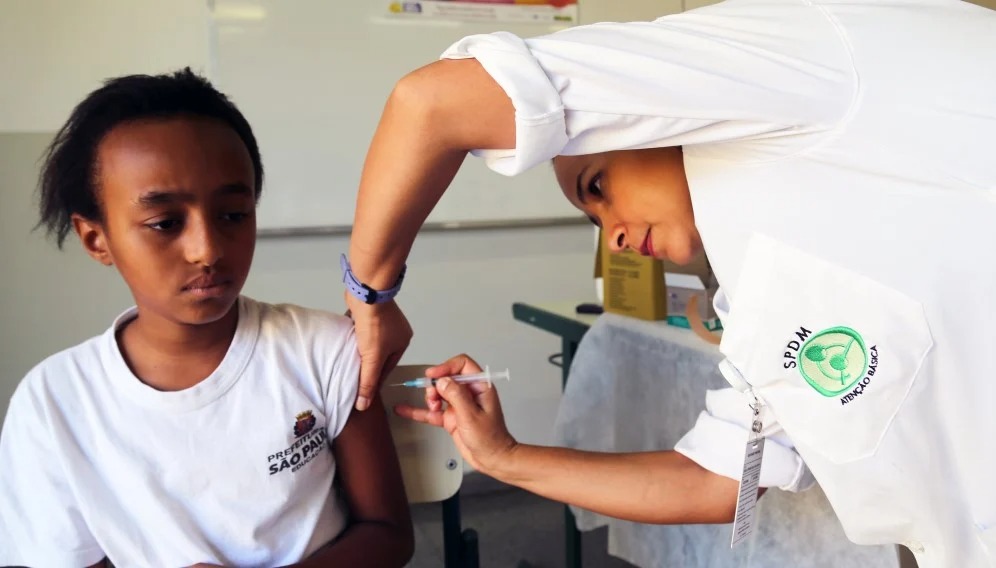Amid scientific progress, mistrust and misinformation threaten to reverse decades of immunisation success.
As the world marks World and Africa Immunisation Week (April 24–30), a troubling paradox shadows sub-Saharan Africa: cervical cancer, a disease largely preventable through vaccination, continues to claim thousands of lives. The culprit? Vaccine hesitancy fueled by misinformation, healthcare system distrust, and shifting global priorities.
A Preventable Crisis
Cervical cancer, caused by persistent infection with the human papillomavirus (HPV), is the fourth most common cancer among women worldwide—but it’s far deadlier in low- and middle-income countries. According to the World Health Organization (WHO), sub-Saharan Africa bears the brunt of the crisis, accounting for the majority of the 94% of global cervical cancer deaths occurring in resource-constrained settings.
The statistics are staggering. HPV prevalence among African women is 24%, double the global average. Among women under 25, the figure spikes to 43.9%—a number that underscores the urgency of early vaccination.
Vaccine Hesitancy on the Rise
Launched today at the SSA HPV Media Roundtable and the European Society of Clinical Microbiology and Infectious Diseases Conference, MSD International’s latest Vaccine Confidence Report draws attention to a growing public health challenge: vaccine hesitancy.
In South Africa, 71% of surveyed individuals expressed hesitancy toward at least one vaccine. “This reluctance is a serious hurdle in our efforts to eliminate cervical cancer,” warns Professor Hannelie Meyer, Head of the South African Vaccination and Immunisation Centre.
A separate 2023 study published in Scientific Reports found that only 10% of respondents across six African nations—Ghana, Kenya, Nigeria, South Africa, Tanzania, and Uganda—had received at least one HPV vaccine dose. South Africa showed the highest hesitancy rate at 17.15%, while Kenya reported the lowest at 8.3%.

The Cost of Misinformation
A major driver of hesitancy is misinformation—especially on social media—which continues to distort public perception. “Routine immunisation has saved millions of lives,” says Dr. Alima Essoh, Regional Director of AMP Africa. “When misinformation and resource constraints disrupt these efforts, we risk undoing decades of hard-won progress.”
In many parts of Africa, misinformation is compounded by a lack of trust in health systems and persistent myths around fertility and vaccine safety. The consequences are deadly.
Real Lives, Real Impact
The numbers become even more sobering when viewed through a national lens. In Ghana, cervical cancer kills 2,000 women each year out of 3,000 diagnosed. Before Rwanda’s 2011 national vaccination rollout, over half of girls under 19 tested positive for HPV.
Despite being preventable, the disease continues to rob families of mothers, daughters, and sisters—many of whom are never diagnosed until it’s too late.
Innovative Approaches Offering Hope
In the face of these challenges, several African countries are taking bold, community-focused steps to reverse the tide. In Uganda, comic books and school-based programs are used to educate and engage youth, thanks to efforts led by Dr. Sabrina Bakeera-Kitaka, a Senior Lecturer at Makerere University.
Technology is also playing a role. SMS alerts and automated phone calls have significantly boosted adolescent vaccine completion rates, showing the power of simple tools in transforming public health outcomes.

Experts agree: the media must play a central role in shifting the narrative. “We need strong media partnerships to amplify accurate information and combat fear,” urges Dr. Essoh.
With the HPV vaccine now available as a single-dose regimen, there is a real opportunity to simplify logistics and expand reach. But time is running out.
A Global Goal at Risk
The WHO has set an ambitious target to eliminate cervical cancer by 2030, including vaccinating 90% of girls against HPV by the age of 15. But this vision is under threat.
“There is no time to waste,” stresses Prof. Meyer. “We must work together—governments, health workers, media, and communities—to build trust, answer questions, and ensure access. Only then can we truly protect future generations.”

